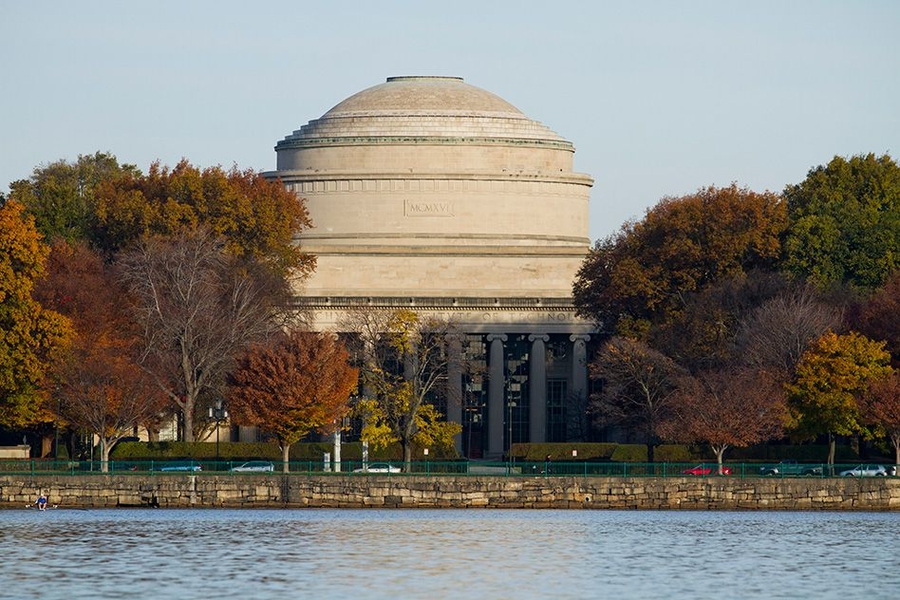On Saturday, 625 students were offered early-action undergraduate admission to MIT’s Class of 2019. The 625 admitted students represent a 9.6 percent admit rate, making this one of the most competitive years ever.
MIT’s early-action program is nonrestrictive and nonbinding; the Institute is conservative in the number of students it admits early.
“Every year we have more qualified applicants, and it makes our job to select among them extremely difficult,” says MIT Dean of Admissions Stu Schmill. “I’m proud to say we’ve admitted another exceptional group of students.”
Those offered admission to the Class of 2019 are united by their exemplary academic records, character, and match with MIT’s mission. Almost one-third have won national or international academic distinctions.
Admitted students come from 49 states and from diverse backgrounds: Nearly a third of the class identifies as underrepresented students of color, and 16 percent will, upon graduation, become the first generation in their family with a college degree.
"Reading and learning about these students' lives through the application process is always an incredible experience for us. We've read about their highs and lows, their achievements and disappointments; now, we can't wait to meet them in person and see what they do next," says Mike Yang, associate director of admissions and director of the selection process.
This year, MIT Admissions introduced a new research-portfolio supplement as an optional part of the application. In addition to the music, maker, and art supplements, which are also optional, the application now provides for students to submit information on research they have conducted at a high level, whether it be the result of work they have done in an internship, through programs such as a Summer Science Program (SSP), or Research Science Program (RSI), or even from an advanced class. The purpose is to give students a way to describe their research in laymen’s terms.
In addition to answering questions about their research, students can also include a letter of recommendation from a research advisor.
“When I read these recommendations, I am amazed by the wide variety of research students have dedicated themselves to in high school. These young people will make such a positive difference in the world," says Jane Robinson, associate director of admissions.
Admissions officers are at work now reaching out to welcome newly admitted students through webcasts, telethons, and special invitations. Continuing its efforts to support low-income students, the Admissions Office will once again fly in students of modest means to take part in Campus Preview Weekend (CPW), MIT’s open-house weekend for all admitted students.
“We have been working very hard to recruit top talent from diverse backgrounds to apply to MIT and the message that MIT is a welcoming campus community for people of all backgrounds is really taking hold,” says Quinton McArthur, associate director of admissions. “I have been incredibly inspired by the quality of students we admit — students who want to use their talents to tackle a whole range of problems.”
Admissions decisions were released online on Saturday, Dec. 13. Students were able to share their elation, or their disappointment, and get their questions answered by admission staff and current student bloggers by posting in the Admissions Office’s open blogs for admitted, deferred, and denied students.
The deadline for regular-action applications is January 1, 2015. Admitted students have until May 1, 2015 to make the decision to enroll.






